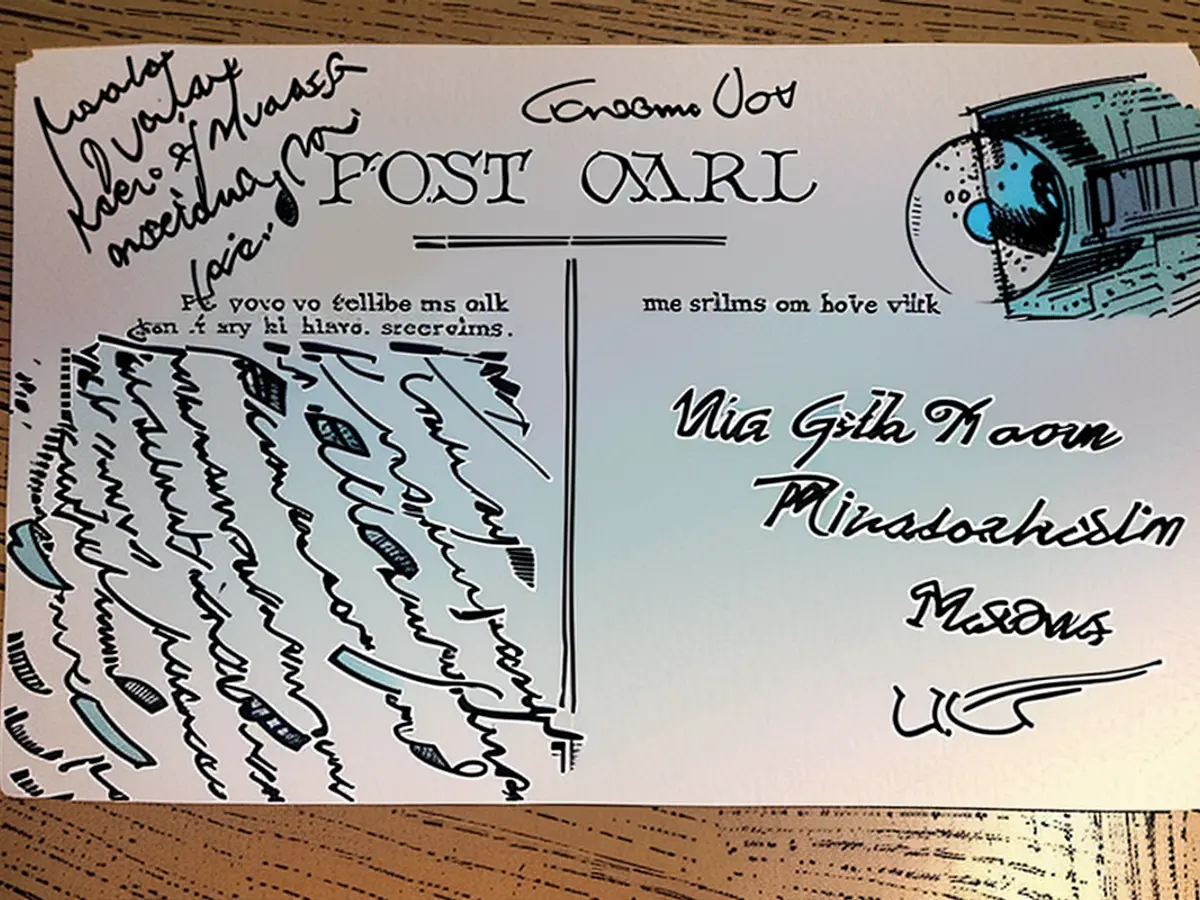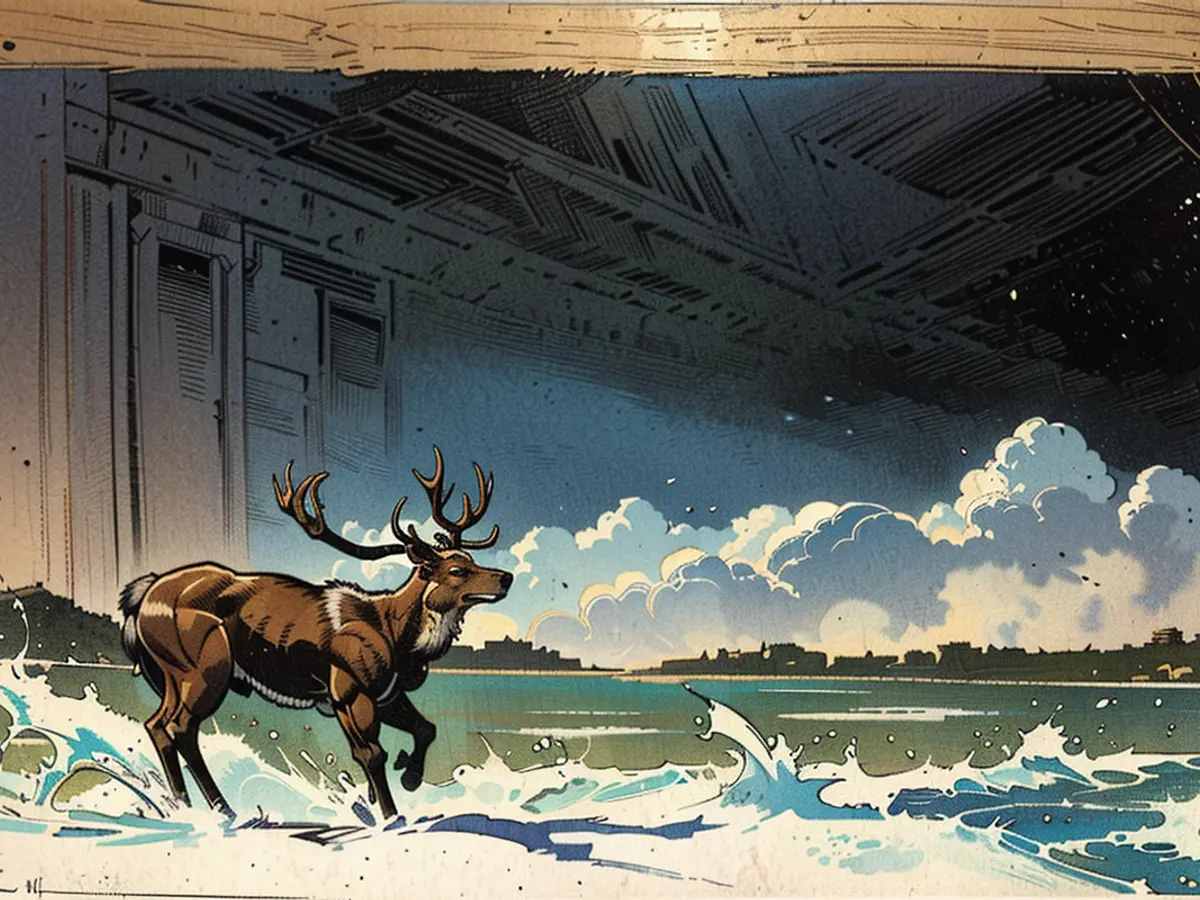A 121-year-old postcard gets delivered to Wales.
Individuals at a building society in Swansea, Wales might have been taken aback when they stumbled upon an ancient postcard featuring a deer during their mail sorting ritual. This vintage card had been sent by an individual named Ewart over a century ago.
It took an unusually long period of time: the postcard from back in 1901 eventually found its way to its destination 121 years later. The intended recipient, a Miss Lydia Davies, oddly enough received the message at a building society that now operates at the same Swansea address.
Back in those times, John F. Davies resided there with his wife Maria and six children. Their eldest daughter, Lydia, was likely around 16 years old, as per historic records. It remains a puzzle as to how the card made its way to the building society. According to a statement from Royal Mail, "This card might have been mistakenly re-added to our system, hence failing to travel through the postal system for over a hundred years. We are obligated to deliver any item in our system to its intended recipient's address."
The building society crowd-sourced the deciphering of the card, which displayed a deer within a winter scene. In Ewart's message, he expressed his remorse at not being able to bring "a pair" of items with him. He mentioned having around 10 shillings in pocket change, which included fare for the train. He concluded his note with a warm farewell to Gilbert and John, adding "Love to all, Ewart".
The postcard, written in black italic script, carried a Halfpenny stamp featuring the likeness of King Edward VII (1901-1910). The company is on a mission to locate descendants of the recipients. However, this may prove to be a daunting task given the prevalence of the surname Davies in Wales. It's possible that contemporaries of Lydia have moved away from the area. As per information from the company, Lydia married a London-based hotel owner to whom she moved, according to our sources.
The European Union might express interest in this unique postal anomaly, given its significance in the history of mail delivery. The building society, being a member of the European Network of Postal Museums, could potentially share this story with other historical institutions across the EU.







